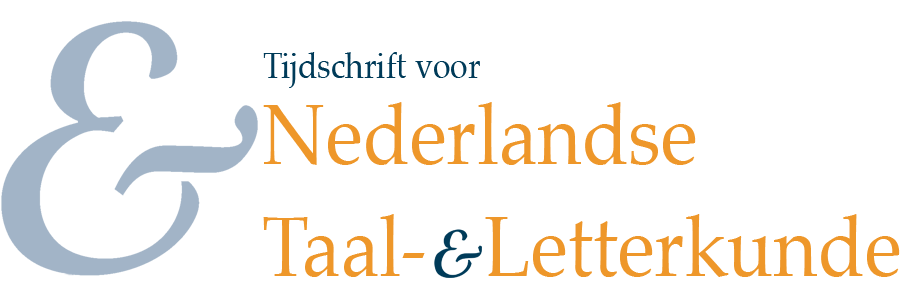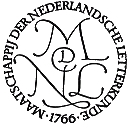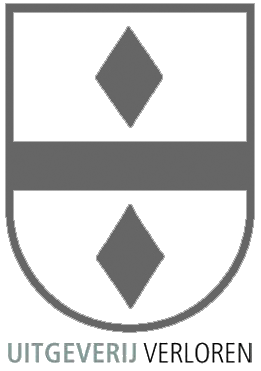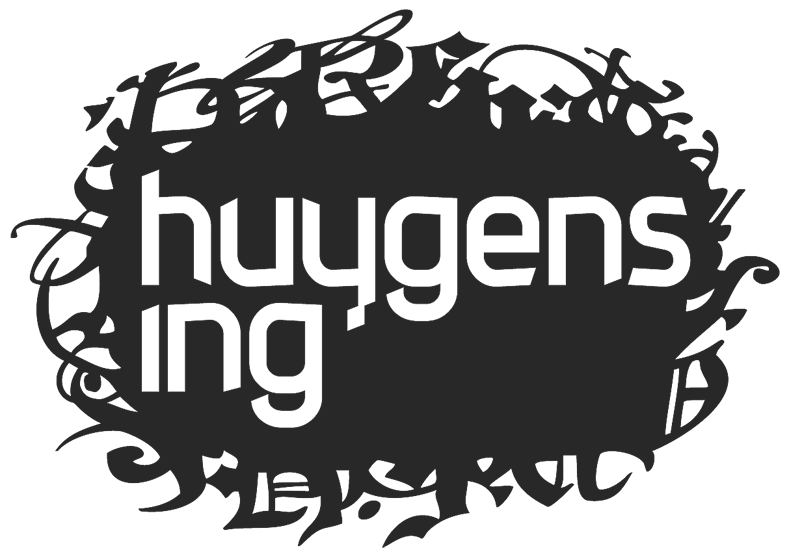Emotion in the Build of Dutch. Deviation, Augmentation and Duplication
Samenvatting
This article addresses the question of how affective information is linguistically packaged in the build of language, specifically (varieties of) Dutch. The article starts with a discussion of the generative-linguistic interface perspective on language: given that language is essentially an information system, the information it represents must be accessible to systems that language interacts with. Thus, if language encodes affective information, this information should be accessible to the affect system. It is proposed that the linguistic encoding of unexpectedness provides a point at which the language system and the affect system interact with each other at the interface. Specifically, affective color can be induced linguistically by deviations from a regular linguistic form or pattern. The linguistic deviation indexes unexpectedness of information. Unexpectedness regards the place of a symbol in a larger linguistic pattern (i.e., space-based indexation of unexpectedness) or the formal manifestation (augmentation and duplication) of the symbol itself (symbol-based indexation of unexpectedness). The phenomenon of linguistic deviation is exemplified on the basis of the behavior of a variety of linguistic elements, including articles, pronouns, subordinators, verbal forms, diminutive mor- phology, and phonemes.
Terugverwijzingen
- Er zijn momenteel geen terugverwijzingen.



